Living and volunteering in Madagascar for 8 months, I saw a lot. It is a wild country, filled to the brim with extremities. Poverty, wealth, jungle, desert, joy, suffering… it’s all there (and hard not to see).
This post may contain affiliate links, which means I may earn a commission if you click a link and make a purchase. As an Amazon Associate, I earn from qualifying purchases.
The faces of Madagascar tell stories beyond my wildest imagination. They’re rich in human emotion and feeling. By capturing their faces, I hope to inspire insight into the daily life of this beautiful yet corrupt country.
Real Engagement
I don’t like to take photos of people without first engaging.
For one, it’s just good manners.
Secondly, engaging is also the best way to truly capture the meaning of interaction.
A short connection with someone can change your whole perspective on how and why they are the way they are.
With a brief knowledge of the Malagasy and French language, I explored the country to find out how people really lived in the surreal world of lemurs and zebus.
Here’s what I found.
Faces of Madagascar
A face tells 1,000 words
The following photographs highlight the variety of people scattered around the country that I came to love.
Each have their own unique stories and past. The brief captions will help to give you context, but their faces will tell you everything else.
Sakalava life
Roads along the west coast of Madagascar are tough. We drove from the Tsingy De Bemaraha to Toliara. The national highway consisted of a multitude of river crossings and detours along mud planes in our hired 4WD.
This young girl and her nephew approached us inquisitively as our car had broken down after crossing a flooded road on our way to Belo Sur Mer. Her family lived nearby and she invited us to rest with them while our driver attempted to fix the car.
We had a conversation in broken Malagasy with these women about our radically different lives. They were curious about Australia, what we were doing in Madagascar, and how we felt about it. They even offered us a place in their home if our car wasn’t fixable. Night time in the South West of Madagascar can be dangerous as Bandits are notorious in the area.
This yellow looking face mask is a custom associated with the women of the Sakalava region. The mask is usually made from a type of wood that is ground and mixed into a paste. It is a natural skin protection that is also said to be healing and beautifying for the skin.
village life
A lot of the population live in some form of “village”. It’s where real Malagasy life plays out each day. There is often no electricity or running water in the homes. Some of the people we met had not come across foreigners with cameras before and were eager to see themselves on the digital screen.
While we waited for our car barge to cross the river and pick us up, this family was doing their washing and bathing in the river. We spoke to them in broken Malagasy, and they invited us to spend time with them while we were waiting for our barge (the captain and crew were eating lunch across the river!)
Skilfully carrying washing on her head. She said it was easy.
Baobab life
Towering over the small, rustic village below the Baobab Alley, majestic trees can easily overshadow the daily lives of the people who live amongst them. We were fortunate enough to visit the Baobab Alley at sunrise, when there were no other tourists around.
Dawn at the Baobab Alley is cool and fresh. Huddled in llambas these local girls kept warm. In our basic Malagasy conservation, we spoke to them about their village life.
They lived in the village behind the famous Baobab Alley, in homes built using traditional mud and stick methods. They were without power or running water but loved to meet all the fascinating foreigners visiting from all parts of the world.
Tsingy de Bemaraha life
Tsingy is the Malagasy word for “walking on tiptoes”. The word describes the spiny forest well. Sharp, limestone pinnacles stick out of the ground in a strange and baron landscape unique to the region.
Cheeky smiles all around. After our hike along the pointy ridges of the Tsingy, these girls greeted us to their mother’s stall. They were happy, singing and smiling the whole time, asking us to join them for a chat.
They were giggling at my white braids, calling me- “fotsy rasta” (white rasta)!
beach life
The beaches in the south are full of amazing characters. The pace is slow and the smiles were wide. It is not a “touristy” destination, so the locals were exited to see us.
Driving from Andavadoaka to Tulear we passed a fishing village. This man was building a boat and said that his father built boats, and now his son builds boats. I asked for a picture of him, and he said he would like a Cuban cigar in return. I said I didn’t have a cigar, so he said that was okay and let me take a photo of him anyway.
On an island 3 hours off the coast of Belo Sur Mer (with only us and one Malagasy family) this boy ran out of the water so excited with his catch. His family was cheering for his return!
We walked past this girl in Andavadoaka. She wanted to know whether we were volunteers for Blue Ventures as “they do a lot of good in their town”.
Small Town life
We stopped off at a small town in the South West of Madagascar for some lunch. There weren’t a lot of options, but this kind lady offered us to sit with her and have some rice.
We couldn’t get over her beautiful smile!
city life
Life in the “cities” of Madagascar is tough. It feels like a constant battle for survival. Though, through it all, most of the local people will greet you with a smile.
Pousse Pousse (Rickshaw) runners in Antsirabe work extremely hard for their money. It’s the cheapest mode of transport costing between 500Ar – 2000 Ar (20c – $1) depending on the distance. As there are over 3,000 Pousse Pousse in Antsirabe there’s a lot of competition. This man approached us by saying he was faster than the bicycle Pousse Pousse drivers and could take us around the whole town. How could we say no to that smile! He ran the streets barefoot so that he would not ruin his shoes. In Antsirabe many of the shoes are made out of used car tires.
my life
I feel so fortunate to have had my time in Madagascar, to learn, share, and to explore such a beautiful country and culture.
As an Occupational Therapist, being able to help set up the country’s first tertiary Occupational Therapy educational program and teach at the university was something I am so grateful for.
But being able to assist children and families through physical, mental, and emotional therapy (and natural disaster response) was something I will remember forever.
For anyone considering a trip to Madagascar, I would highly recommend it. I will be returning as soon as I can to discover more Faces of Madagascar.
To learn more about volunteering opportunities check out Growing The Nations Therapy Programmes
Eco TIps For Responsible PHotography
- Before you snap, think if that was you, would you want your photograph taken? If no, then don’t take it.
- Have a conversation with the individual. Be curious about their life, what their name is, show interest in what they are doing, tell them about yourself, and what you are doing in the country. If there is a language difference, can you learn the basics of the language before you travel?
- After you have engaged, ask for their permission if you wish to take a photo. Are they comfortable with this? Show them the photo afterward, are they happy with you keeping the photo? If they say no, it means no!
- Can you support their business? If they are a vendor, can you purchase one of their locally made crafts, or fruits, drink? If you have a polaroid camera, can you leave them a print?
- Show kindness and respect. Always.
Learn more about how to eco travel and interact with local communities.

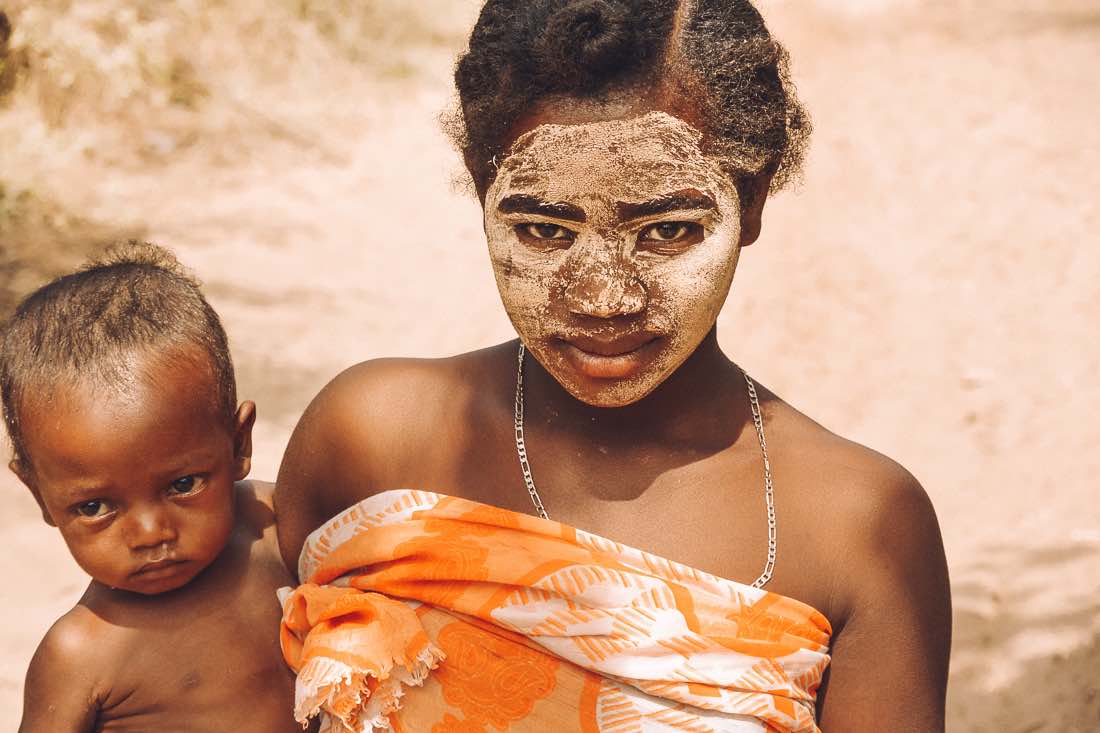
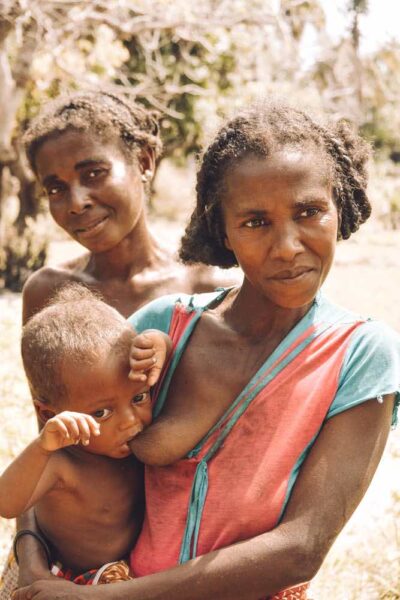
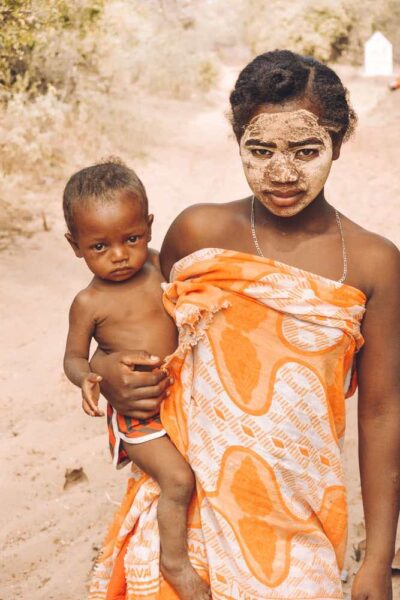
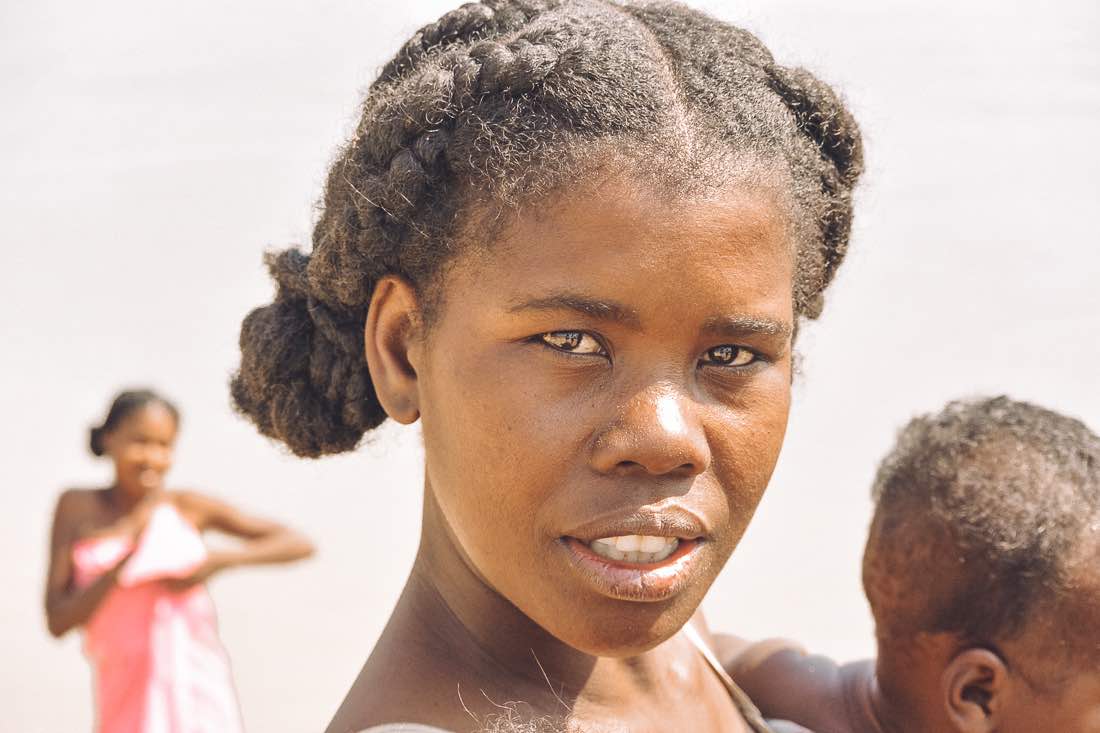

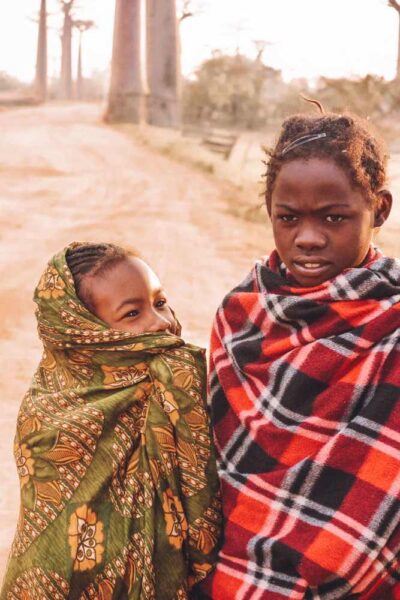
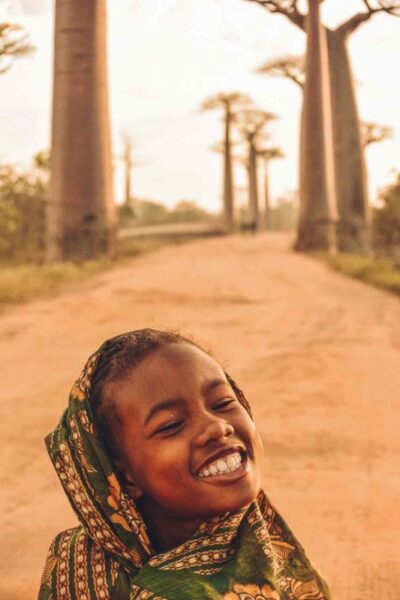
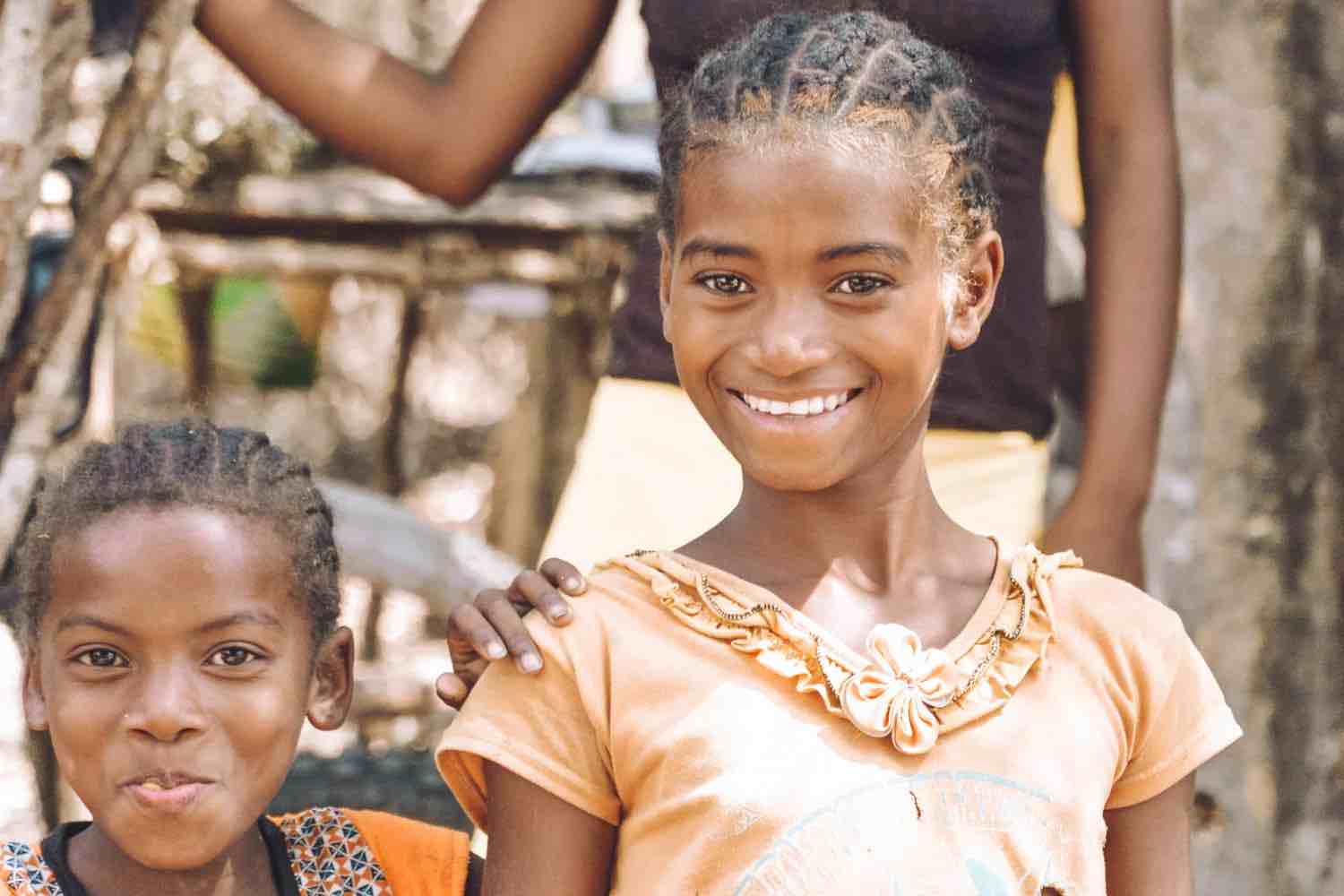
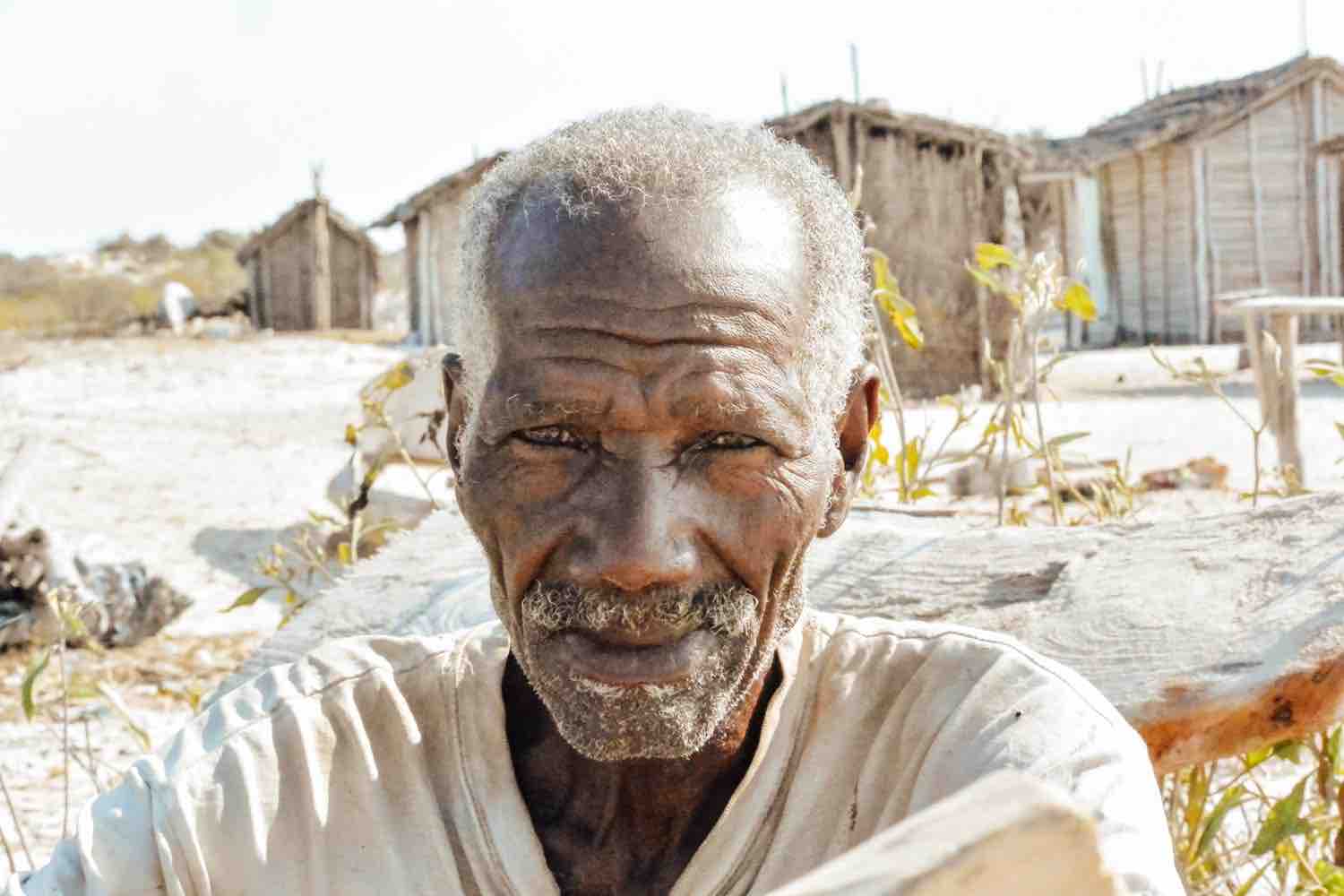
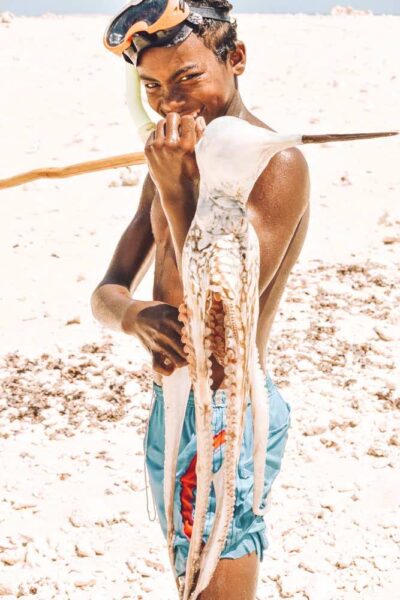

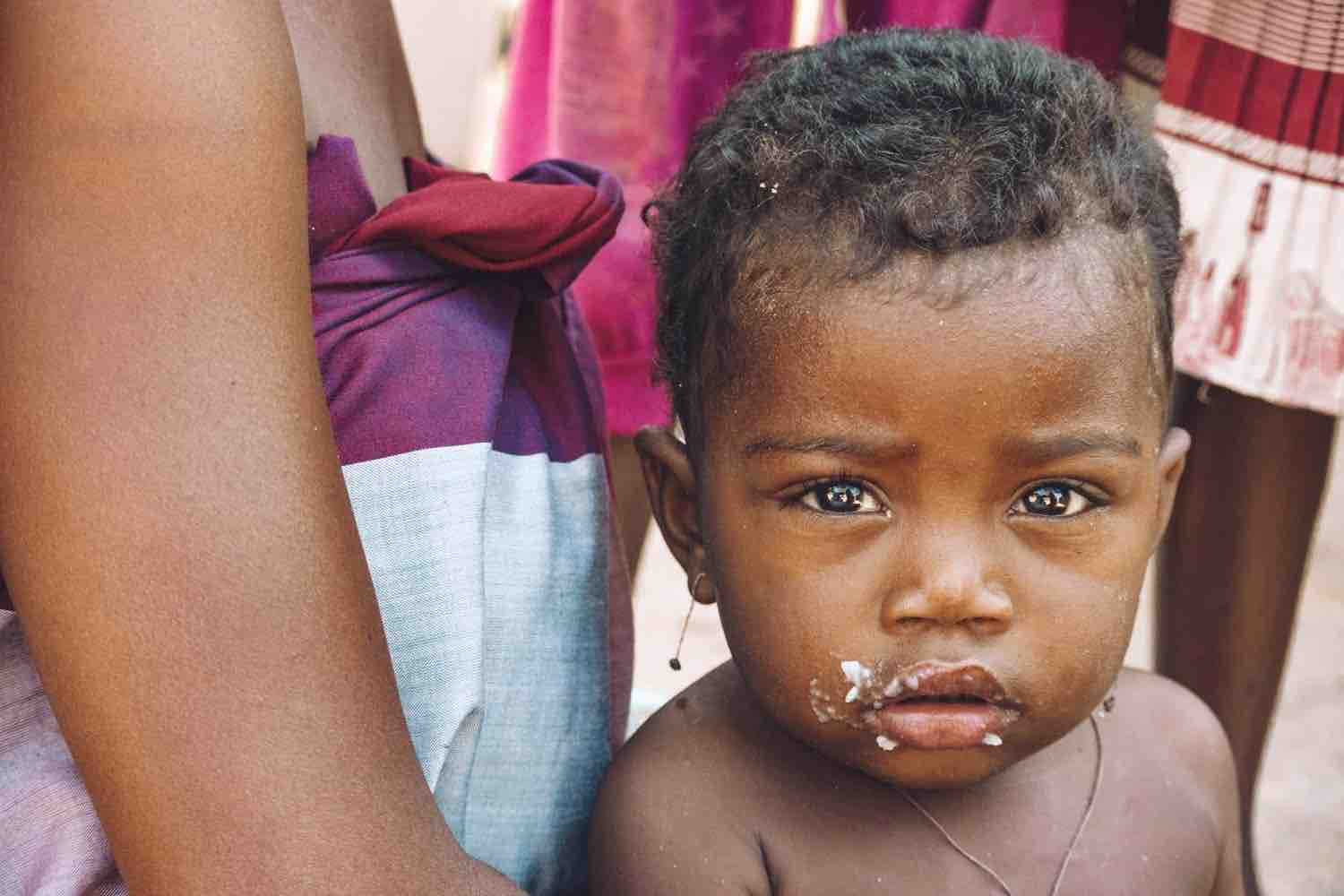
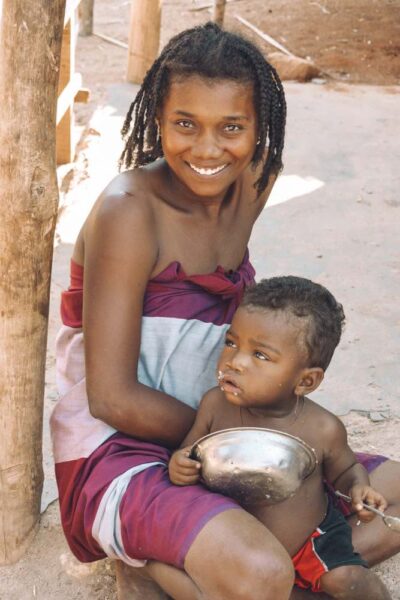
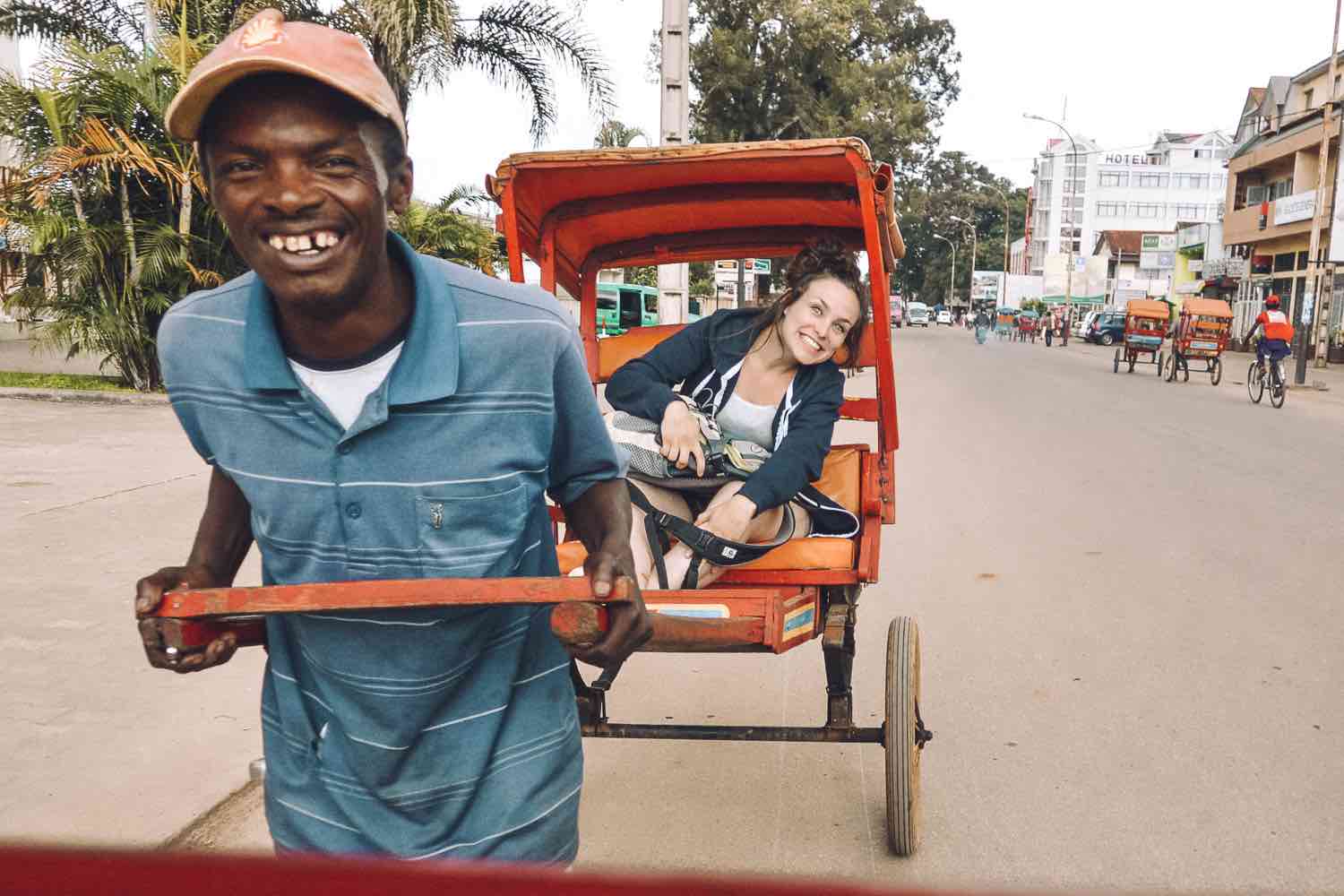

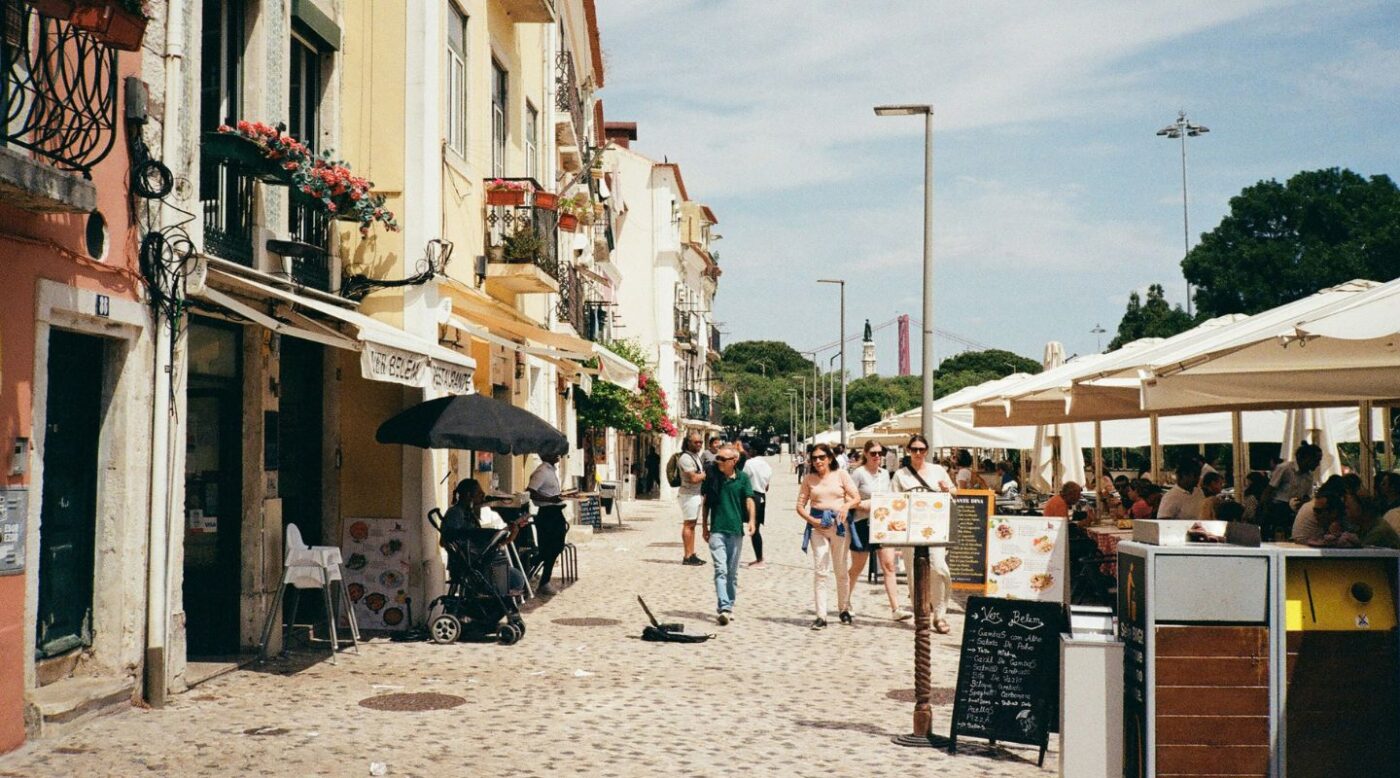
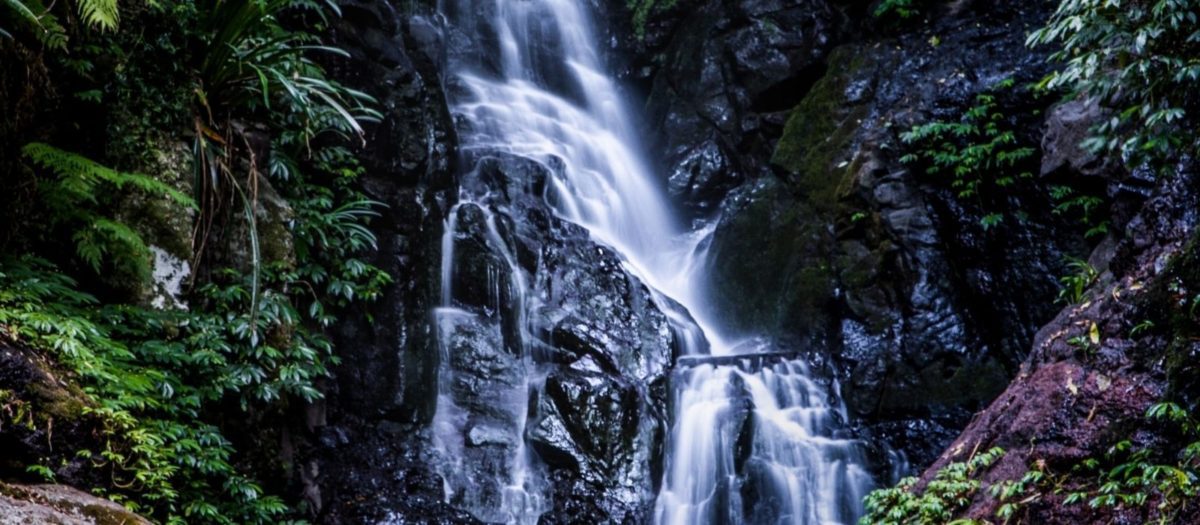
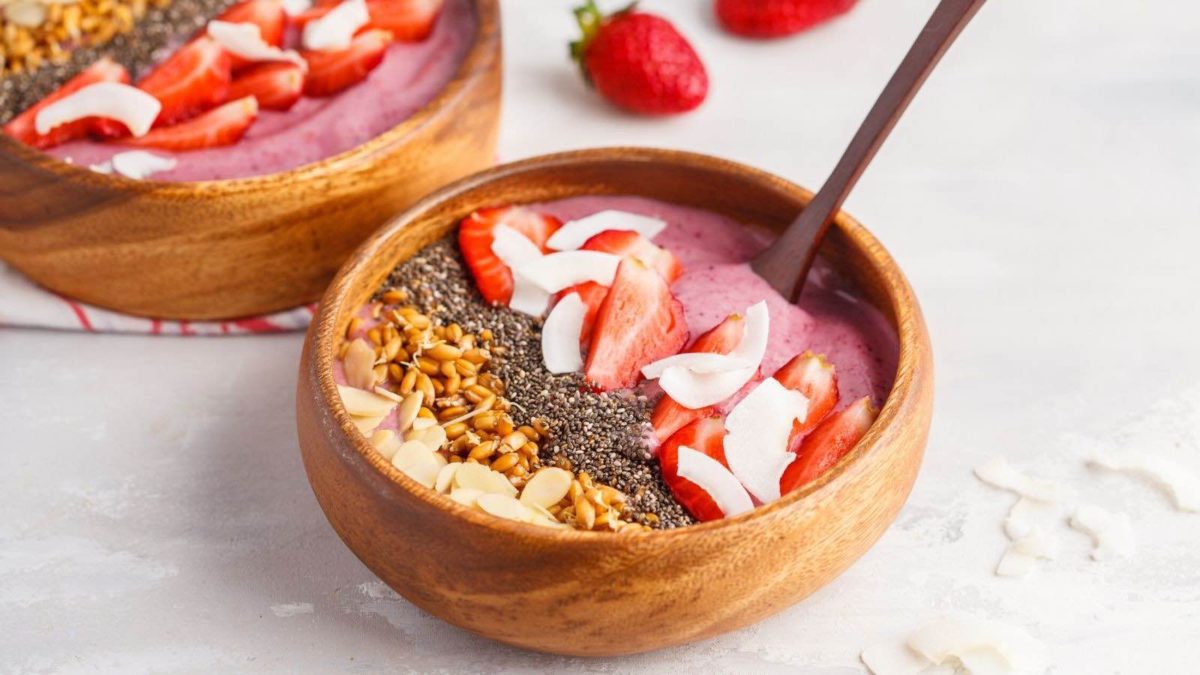
Please contact me. I am an anthropologist that does work in Madagascar and I would like to talk to you about your work.